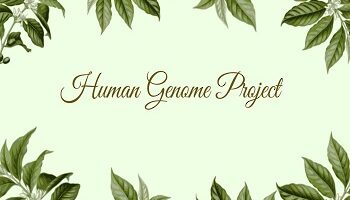Sexual Reproduction in Chlamydomonas:
Sexual reproduction in Chlamydomonas takes place through isogamy, anisogamy, and oogamy. It takes place when conditions are unfavorable to growth. The cells may withdraw their flagella before reproduction. Certain species are homothallic and some heterothallic, depending upon whether the two gametes taking part in fusion are derived from the same parent or different parent respectively. Majority of species of Chlamydomonas show an isogamous type of sexual reproduction. The protoplast of each cell divides longitudinally several times forming 8 to 32 biflagelated gametes. These gametes are biflagellated and without a cell wall look exactly like zoospores except for their smaller size. After liberation, gametes derived from different individual cells usually fuse by their anterior ends i.e., heterothallic. The gametes are exactly alike in their size, structure, and physiological activity as shown below. Such gametes are known as isogametes and their fusion is known as isogamy. After the union of the gametes, quadriflagellated zygote is formed and after swimming for some time they come to rest.

In some species of Chlamydomonas like C. media gametes from the same individual fuse to form zygotes i.e., homothallic.
In species like C. braunii as shown below two types of gametes are formed viz., large macrogametes 2-4 formed from each cell and small microgametes, 8-16 formed from each cell. The macrogametes come to rest by withdrawing cilia while smaller microgametes continue to swim. These two gametes one micro and the other macro-gamete fuse by their anterior ends and the contents of the microgamete enter two macrogamete resulting in a zygote. This type of sexual union between dissimilar gametes is known as anisogamy or heterogamy.

The fusion is more specialized in C. coccifera and C. ooganum as shown below in that the large female gamete loses its cilia and motility and functions as an immobile female gamete. The male gametes are small, biflagellated formed 16 from each cell. The fusion between such dissimilar gametes and one of them behaving as an immobile female gamete is known as oogamy.

Whatever the type of fusion from isogamy to oogamy through anisogamy the fusion product is known as zygote or zygospore. The zygote may retain its flagella or lose its flagella. After some motility, it comes to rest and loses its flagella, rests for some time, and secretes a thick cell wall. The thick wall is composed of cellulose and a smooth or stellate outline. The zygote accumulates food material and its green color is shadowed by hematochrome. It tides over unfavorable conditions.
After the advent of favorable conditions, the zygote undergoes a meiotic division or reduction division followed by several mitotic divisions resulting in several haploid biflagellated zoospores. They escape by the rupture of the zygote and develop into separate individual cells.
In the life cycle of Chlamydomonas the diploid (2x) phase is represented by the zygote and the rest of the life cycle by the haploid (x) generation as shown below,

The origin of gametes means the origin of sex. In the primitive form of sexual reproduction known as isogamy, fusion occurs between similar gametes. In t case of C. oogamum and C. suboogamum, oogamy is seen where a non-motile oogonium is formed which provides the final stage in the evolution of sex.









Comments (No)